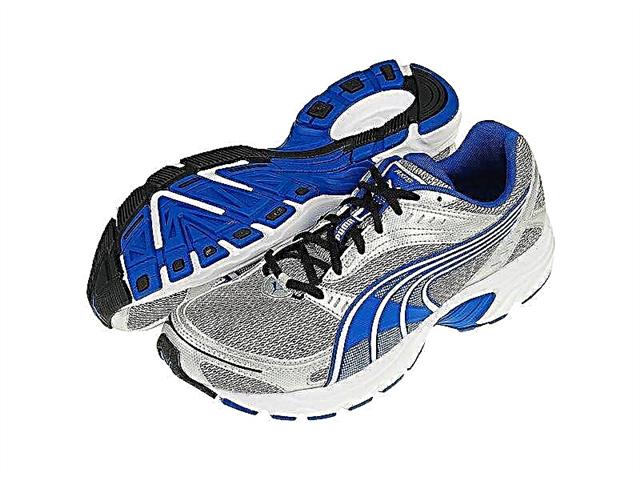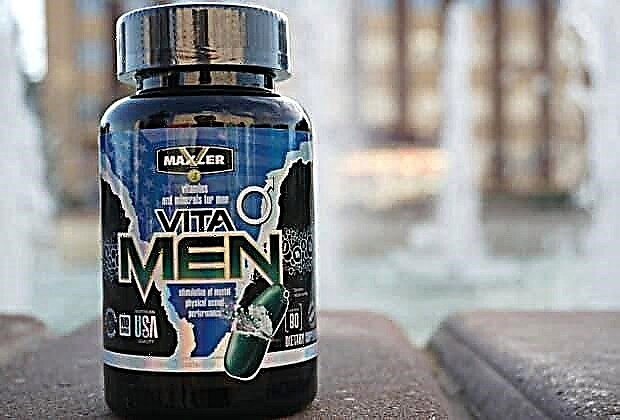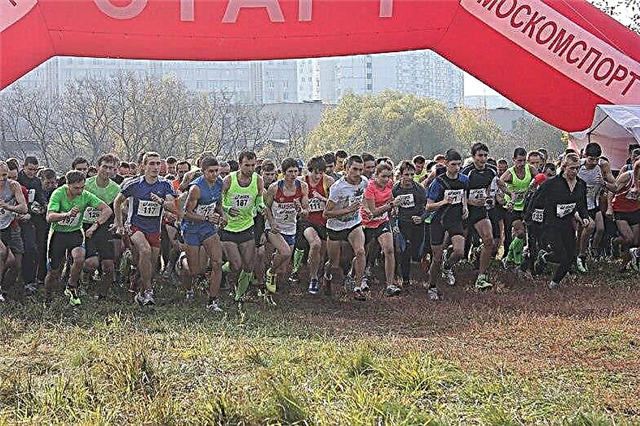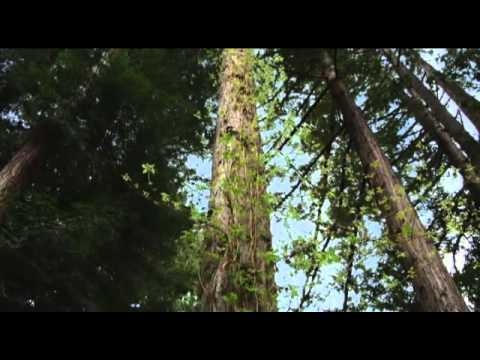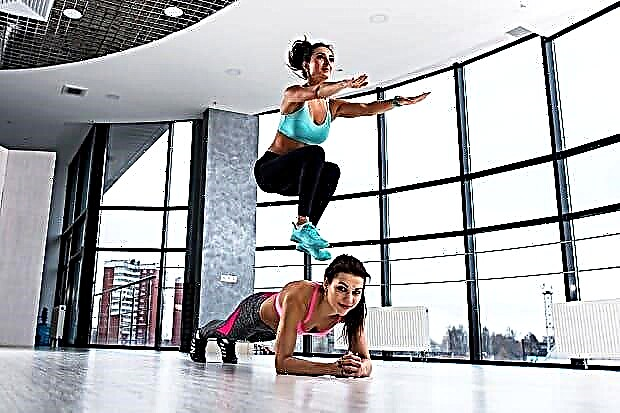Back injuries during deadlift are quite common in the life of athletes, especially beginners. Unfortunately, they often fall into the category of "it will pass by itself" and no one is purposefully engaged in treatment and rehabilitation. But don't underestimate the potential consequences of such an injury. Therefore, as soon as lower back pain appears after the deadlift, you should not ignore it, but you need to take action.
Why is deadlift dangerous?
The deadlift was not included in the list of "dangerous" exercises by accident. Therefore, in order to protect ourselves as much as possible during the exercise, let's first look at what the deadlift is.
Along with a significant load, especially on the tendons, and on the muscles, of course, when performing deadlift, the spine experiences an axial load. That is, the weight of the projectile being lifted indirectly presses on the spinal column, which can cause damage to the vertebrae and intervertebral discs.
In addition, the vertebrae tend to displace and squeeze out the intervertebral discs, provoking the formation of a hernia. Excessive mobility of the vertebrae can cause rapid wear of the tissue of the intervertebral discs and pinching of the nerves.
And if we take into account that the spinal cord is located in the spine, then the high danger of irreversible consequences becomes clear. So, even to situations like “did deadlift, everything went well, but the lower back hurt” it makes sense to take a close look.
However, one must understand that back injuries and spinal injuries also occur in everyday situations like “unsuccessfully jumped out of a chair”, and the risk of getting them is greater in untrained people, whose atrophied muscular system provokes an increased load on the spine. It is necessary to train, and it is better to do it correctly.

Correct deadlift technique
Causes of injuries and common mistakes
There are two “systemic” causes of back and lower back injuries:
- a characteristic habit of many novice athletes, striving to quickly get a result, is to do it first and only when “something goes wrong”, to find out, but how to do it right;
- inattention during exercise.
The combination of the above two factors is a guaranteed way to seriously injure yourself. But, besides this, there are a number of typical technical errors leading to injury.
Errors in the training process
So, a lower back injury during deadlift can occur for the following reasons:
- improper performance of the exercise, in particular, rounding the back, throwing the head back;
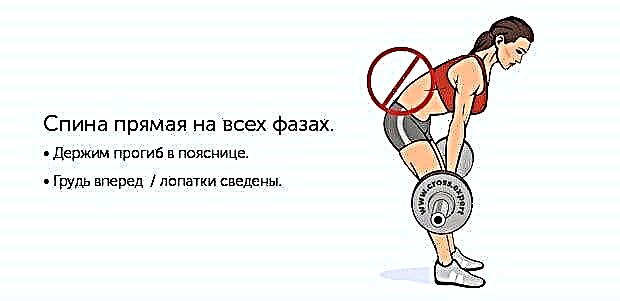
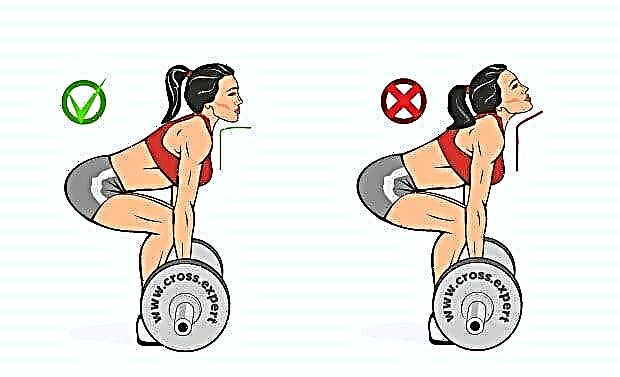
- violation of the training process, namely, not adhering to the principle of a strictly gradual increase in the load, refusal from proper equipment, athletic belts, for example, and insurance;
- insufficient study of the deep muscles of the back, which create a muscle corset around the spine and keep the vertebrae from displacement;
- insufficient muscle tone (simply when they are not properly warmed up);
- excessive power load. Even in the case when the previous points have been taken into account and worked out, you can easily rip off the lower back with a deadlift by grabbing too much weight;
- jerking too much weight;
- violation of the uniformity of the load on individual muscle groups, that is, one-sided basic training with a lack of training load on the abdominal muscles;
- imbalance in the development of various muscle groups (weakened abdominal muscles cause additional forward deflection of the lumbar vertebrae, which leads to an uneven distribution of the load when performing deadlift).
Physiological causes
Also, the reason why the lower back often hurts after the deadlift may be the physiological characteristics of the body. And, first of all, incomplete recovery after intense exercise, and the accumulation of general fatigue, when the musculoskeletal structure of the body does not have time to recover normally between workouts, microtraumas accumulate, and the growth of damage - all this leads to a general disease or injury.
Back injuries during deadlift can also provoke causes that are not related to the training process, metabolic or physical in nature. For example, osteoporosis with its increased fragility of bones, or things like pelvic distortion or different leg lengths. In the latter case, a possible solution to the problem is wearing special shoes, including during training. In case of distortions of the pelvis, manual therapy is prescribed and, by the way, the continuation of classes in the gym.
The phenomenon of "runaway from the load"
Let's make a separate emphasis on inattention, in particular on such a phenomenon as “running away from the load”. If you start to perform the approach intensively without feeling your body enough, the body will respond to the occurrence of heaviness by “running away” from the load. This will relax any muscles and increase the tension in the "working" group. The athlete performing the exercise himself may not notice this, but then complains that there is pain in the lower back after the deadlift. In general, you need to be attentive to the warm-up, do not neglect the basic exercises, while keeping the muscles of the trunk in good shape and not sticking out the stomach.
Sumo deadlift injuries
By the way, sumo technique is more sensitive to stretching than the usual exercise. Sumo deadlift injuries occur, among other things, as a result of the use of a different grip, which provokes an uneven load on the spine, its twisting under the influence of weight. To avoid injury, it is advised to use a grip with the palms facing you to perform the sumo deadlift and not turn your head when performing the deadlift.

Types of injuries and mechanism of injury
When pain occurs as a result of deadlift exercises, a variety of traumatic changes in the body can cause it. Let's consider the lightest.
- Stretching, and doctors insist on the term rupture, muscle fibers, provoking muscle spasm, preventing the muscle from working normally.

© rob3000 - stock.adobe.com
- Ligament rupture, detachment of some of the fibers, or complete rupture of the tissues connecting muscles and bones. The latter, more severe variant, may be accompanied by the formation of hematomas.

© Aksana - stock.adobe.com. Sprains
- Displacement of the vertebrae - in an easy stage, it is not accompanied by tissue damage and can be easily corrected if quickly detected. in severe, it can lead to pinching of the nerve processes and paralysis of the limbs. Frequent displacements lead to a high likelihood of their recurrence after the vertebrae (and discs) are in place.
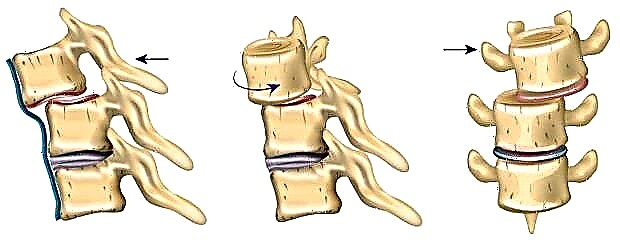
© Artemida-psy - stock.adobe.com
- Intervertebral hernia. At the beginning of its formation, the so-called protrusion (protrusion of the disc) occurs, in which the destruction of the annulus fibrosus does not occur, but irritation occurs due to compression of the nerve roots. The second stage, prolapse, prolapse of the disc, with a rupture of the outer shell, is the hernia itself.
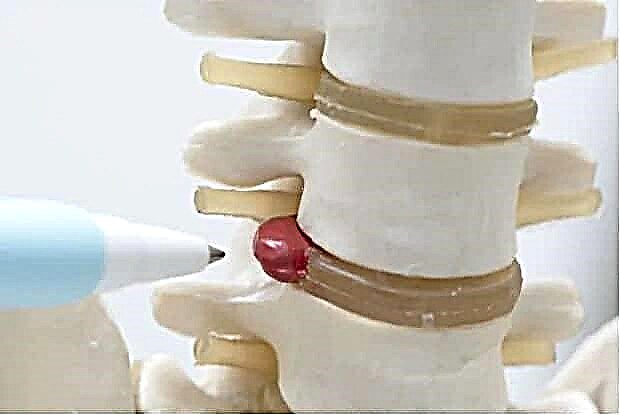
© Teeradej - stock.adobe.com
- Fracture of the vertebra. More often it is a compression fracture caused by pressure and “settling” of the intervertebral cartilage, which a person may not even notice. But an untreated compression fracture can cause very serious complications in the future.
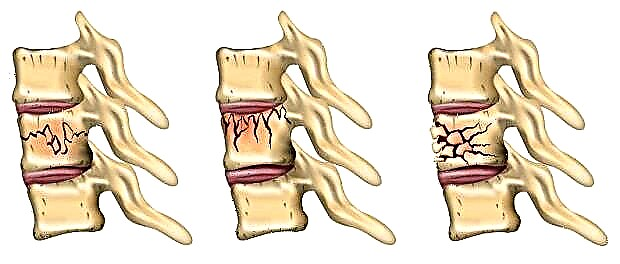
© Artemida-psy - stock.adobe.com. Types of compression fracture
Sprains are usually caused by “incorrect” muscle work and insufficient recovery after training, which also causes wear and tear on the soft tissues of the spine. Spinal tissue depletion and chronic overload are serious aggravating factors. Repetitive overload makes the tissues of the spine so vulnerable that even the usual load can provoke injury.
Symptoms and Treatment
So, what to do if the lower back hurts after the deadlift or discomfort arises after this type of exercise. The best option is to use the services of professionals and see a doctor.
The suspicion that a spinal injury has occurred, a visit to the doctor translates into the category of mandatory measures. The main sign that a lumbar injury that occurs when doing deadlift exercises can be dangerous is pain in its various manifestations, namely:
- the appearance of pain, accompanied by a crunch in the back;
- lower back pain appears immediately after the deadline, and not, as usual, on the second day;
- high intensity of pain;
- violation of the sensitivity of the limbs; paresthesia (numbness, tingling, chills) in the legs;
- shooting pains radiating to the limbs.
Pain with injuries of the back and spine can be different: acute, pulling, dull, constant or manifested under different kinds of stress. If pain does not stop for several days in a row (and they, as a rule, do not stop), this is a serious reason to make a diagnosis. Even the simple feeling of discomfort that appeared in the lower back after performing the deadlift should not be left completely unattended.

© Jale Ibrak - stock.adobe.com
Micro-tears of tissues and their treatment
In practice, most of the cases of low back pain after back pain are associated primarily with micro-tearing of soft tissues. In this situation, special and complex treatment is usually not required. The painful sensations will go away on their own - it is enough to provide the body with peace and reduce the load for several days.
Treatments for sprains, the main type of injury that cause low back pain, are well known:
- If stretching is diagnosed on time, then you can immediately try to save the situation by means of cold (apply ice or use cooling ointments). This helps relieve swelling.
- Rest is prescribed for the first few days after injury.
- Fixing the back with a corset is also helpful.
- After a week, the cold must be replaced with heat (warming ointments, physiotherapeutic heating and electrical stimulation).
- Medication is also included in the procedures.
- Useful and non-steroidal anti-inflammatory drugs and ointments with a natural base. But with the usual sauna and massage, it is better to postpone. They can begin to be practiced again no earlier than two to three weeks after receiving back injury as a result of the backstop.
- It is also useful to swim in the pool - this relieves the spine and allows it to recover faster.
However, micro-fractures are only part of the possible causes. And it is worth noting that it is not so easy even for a doctor to determine whether the back muscles or spinal ligaments are stretched. Despite the fact that the symptomatology is similar for all types of lower back injuries when performing the deadlift, and for each person these symptoms mean something different.

© toeytoey - stock.adobe.com
Diagnosis of complex injuries
It is better to find out the nature of the injury, the possible degree of damage with the help of specialists. It must be remembered that sprains and displacements that are not accompanied by tissue damage (especially if they are quickly adjusted) are the easiest to heal.
But the complexity of the injuries grows with the degree of exhaustion resulting from frequent traumatic disorders. If there is a displacement of the intervertebral discs, a hernia has formed, a sufficiently long-term therapy is needed to stretch the spine and then create conditions for restoring its integrity.
Therefore, if the lower back constantly hurts after training with deadlift, it is reasonable to conduct an X-ray examination to exclude the likelihood of a fracture, or better MRI, which stands for magnetic resonance imaging and gives the most complete picture of the state of bone tissue. as well as soft tissues of the spine.
One of the main motives here is to avoid further complications. If these are symptoms, for example, the formation of an intervertebral hernia.
The Lasegue test can be performed to confirm the diagnosis of herniated disc in a non-applique manner. This is done as follows:
- The subject lies on his back in a completely relaxed state.
- The assistant (doctor or other assistant) raises the subject's straightened leg, taking the heel with one hand and placing his other hand on the knee, preventing it from bending it.
- The occurrence of pain when lifting a straight leg at an angle of 30 - 70 degrees indicates that, at least, the athlete has a protrusion.

© WavebreakmediaMicro - stock.adobe.com. Lasegue's trial
Herniated disc treatment
Hernia repair is a complex process and is best done under the supervision of a doctor. In a nutshell, it could be:
- conservative treatment with medication;
- artistic gymnastics: performing special exercises;
- surgical treatment (surgical intervention).
For details - better to the doctor, (or even better - to a good doctor). Surgical treatment for back injuries caused by deadlift is rarely indicated. As a rule, therapeutic massage, physiotherapy methods of treatment are used. Manual therapy is often prescribed. But the use of painkillers for those who tore off their back with deadlift is necessary. Painkillers restore mobility and prevent the formation of the addictive phenomenon - the reproduction of post-traumatic symptoms.

© DedMityay - stock.adobe.com. Physiotherapy
Prevention of back pain
The best treatment for any disease is prevention. Here are some tips on what to do to avoid lower back pain after the deadlift:
- when doing deadlift exercises, the muscle corset should work well, for the formation of which there are special exercises;
- from the first lessons, it is necessary to perform hyperextension, which, in the absence of axial load, perfectly trains the back extensors;
- do stretching aimed at increasing the elasticity of the muscles of the back of the thigh;
- train, properly, the abdominal muscles;
- pay attention to the technique of performing basic exercises, keeping the lumbar spine in the correct position;
- avoid long-term sitting in positions with “wrong” lower back;
- purchase an athletic belt, lift serious weights only with it (if your back hurts, you need to wear it for any load).
Should you do traction for lower back pain?
Here, as an old movie said: "Don't panic, Major Kardosh." Since the reasons why the lower back hurts after the deadlift differ, the answer depends on the diagnosis. That is, from the nature of the injury that causes this pain. With micro-ruptures of muscle fibers and minor displacements of the vertebrae, which did not entail rupture of tissues, it is possible to do exercises for the dead, and to some extent even necessary. Often, in order to "relax" a muscle hardened from a spasm, it is necessary to force the nearby muscles and this muscle itself to work. That is, the simplest way to relax a muscle is to overload it, but you need to be able to do it. But you also need to understand that the goal of exercise for low back pain should be recovery, not full training.
So here are some helpful tips:
- In recovery mode, it is necessary to strictly dose the load (axial - in particular: use the appropriate equipment.
- It is necessary to carry out especially careful warm-up. At the same time, monitor the even load of all muscle groups.
- It is also important to alternate periods of intense exercise and rest, giving the body enough time to recover. During this time, the breaks may become somewhat longer.
- Supplements can be taken to strengthen soft connective tissue.
In general, take care of yourself and your spine.








